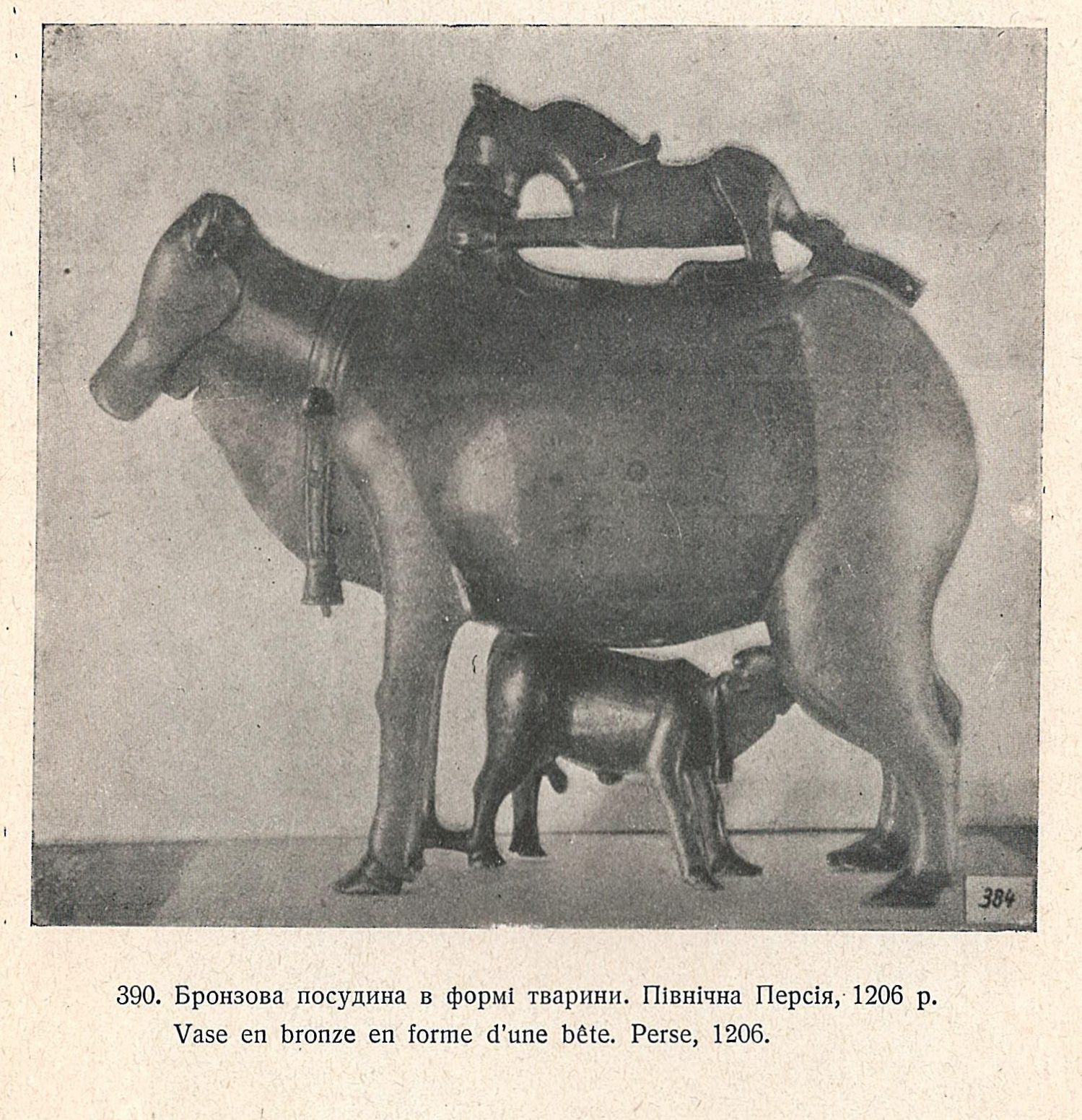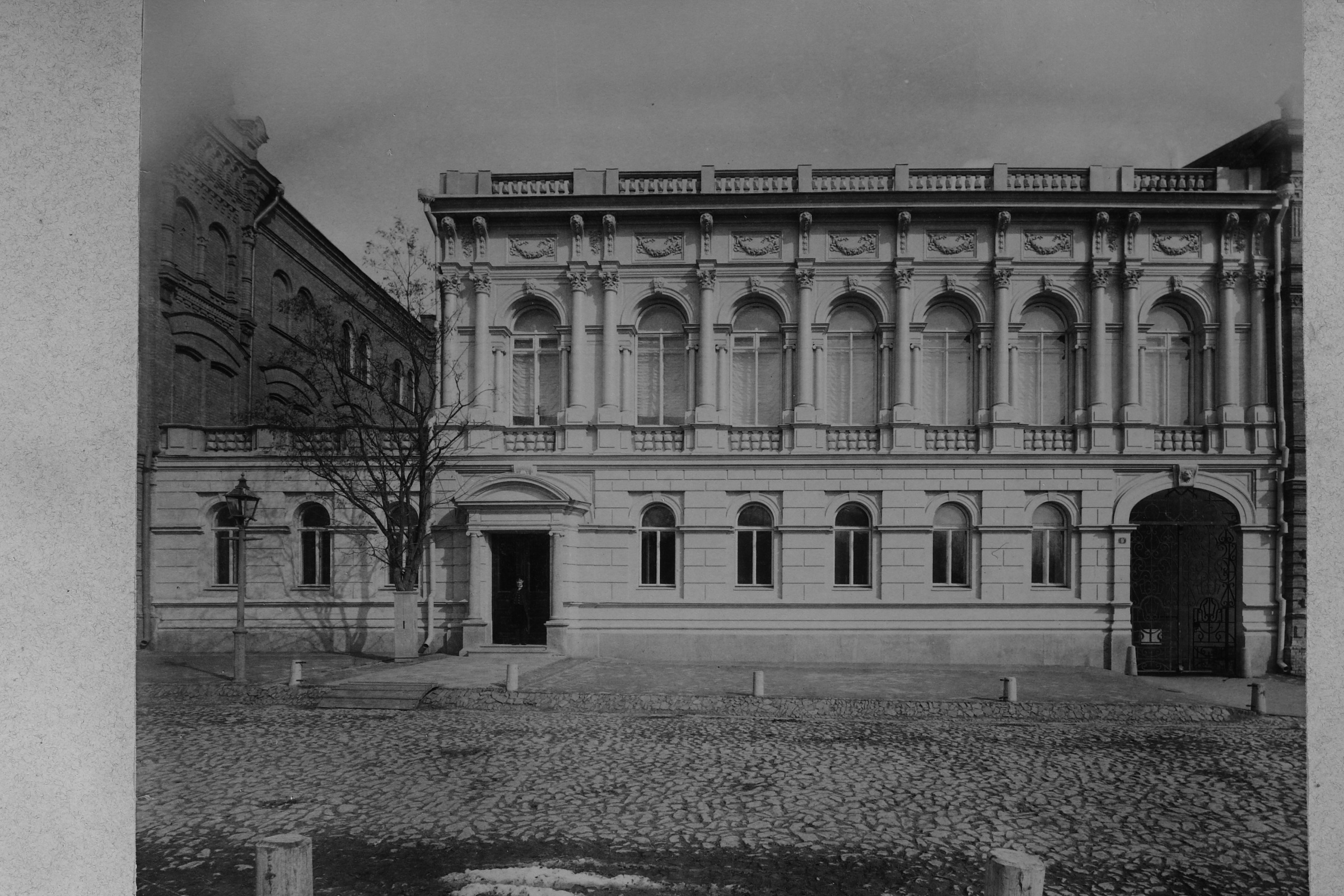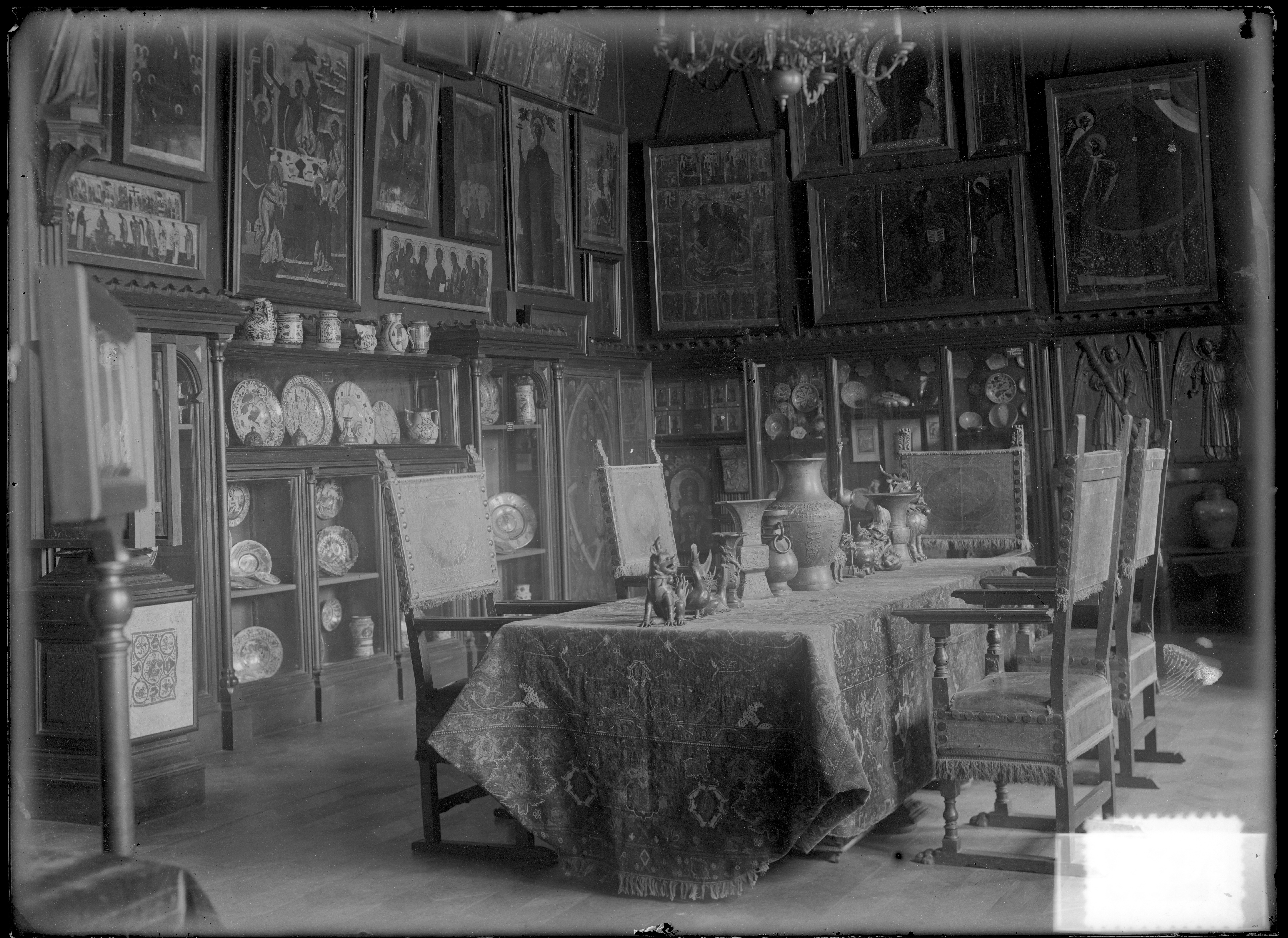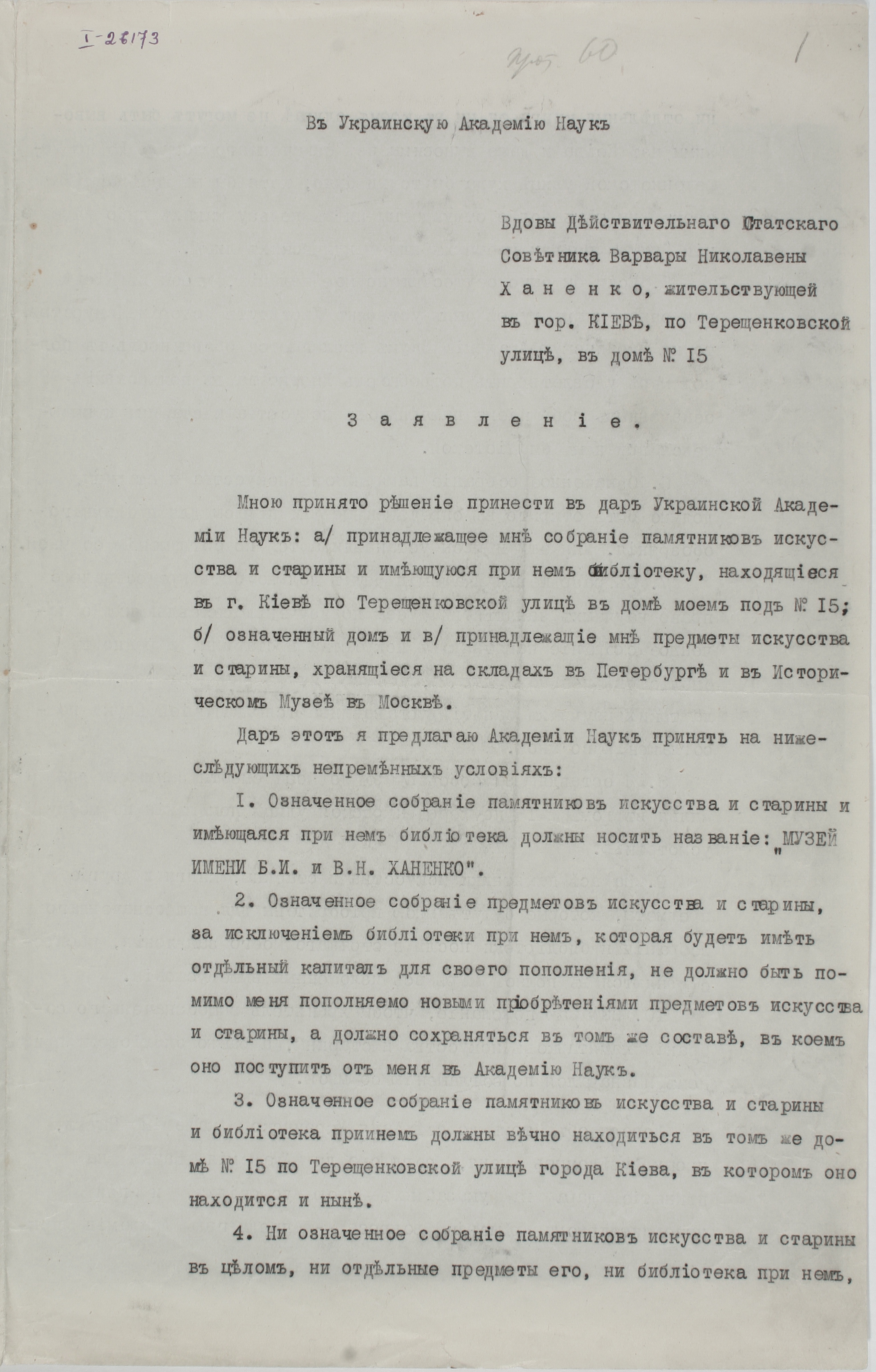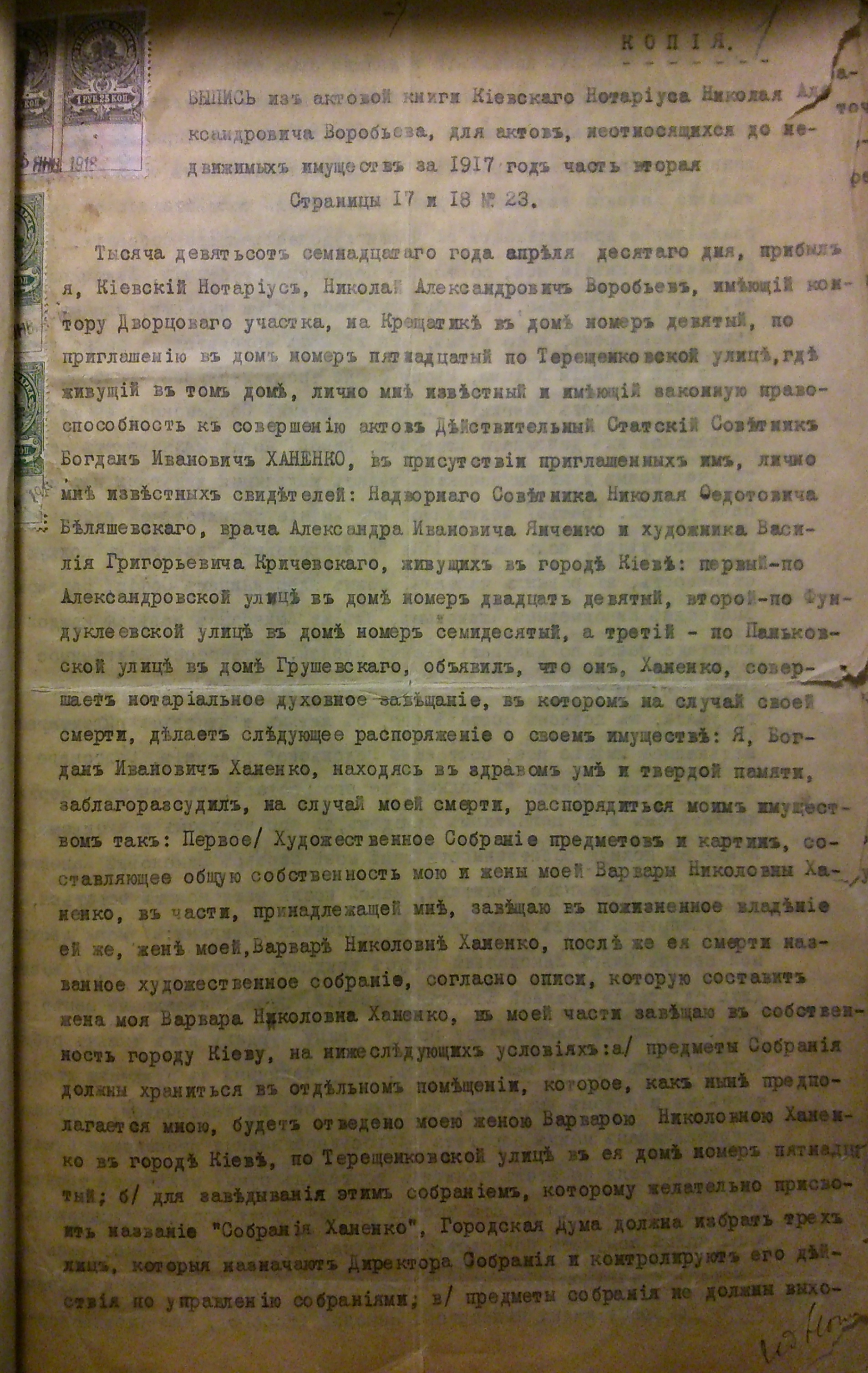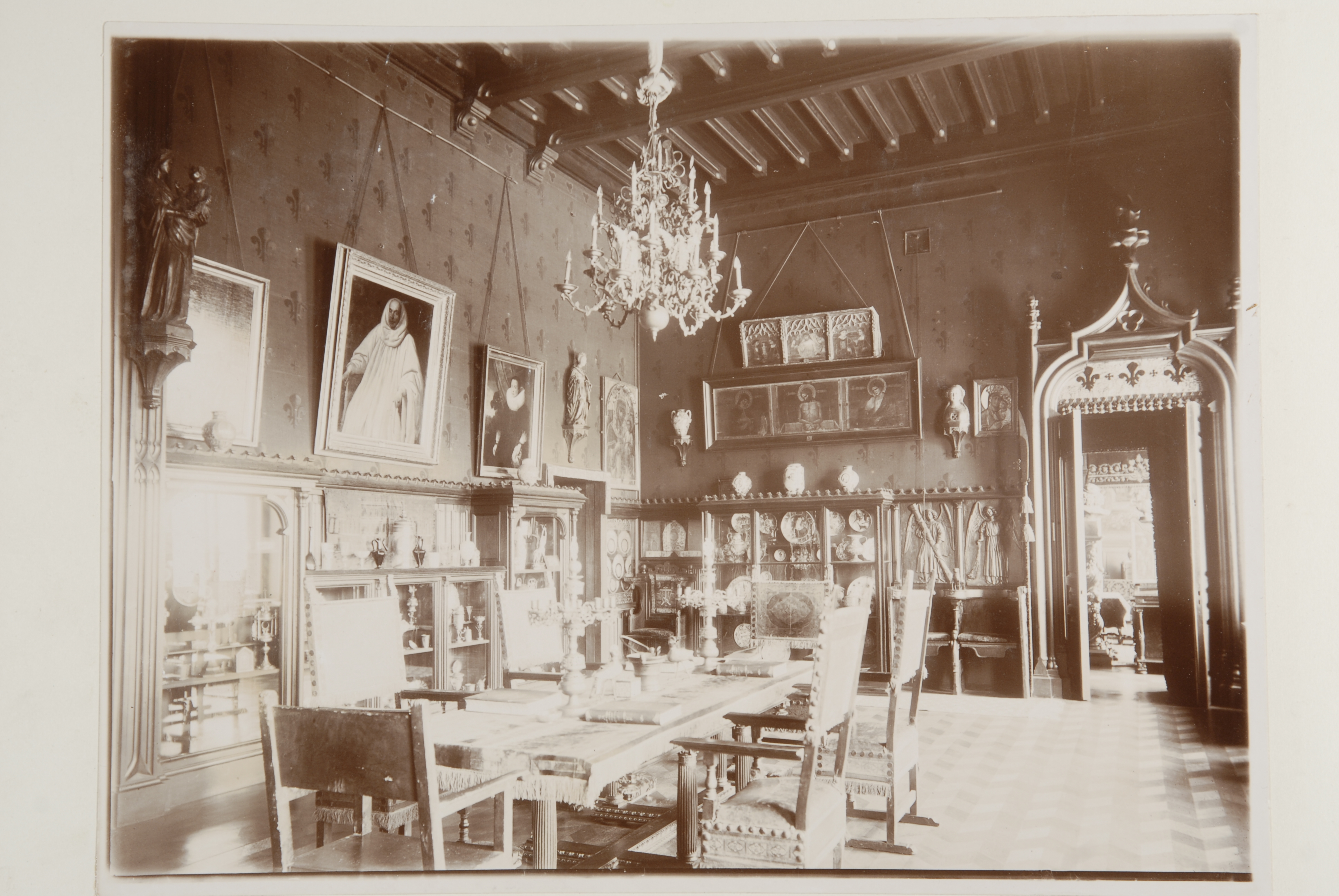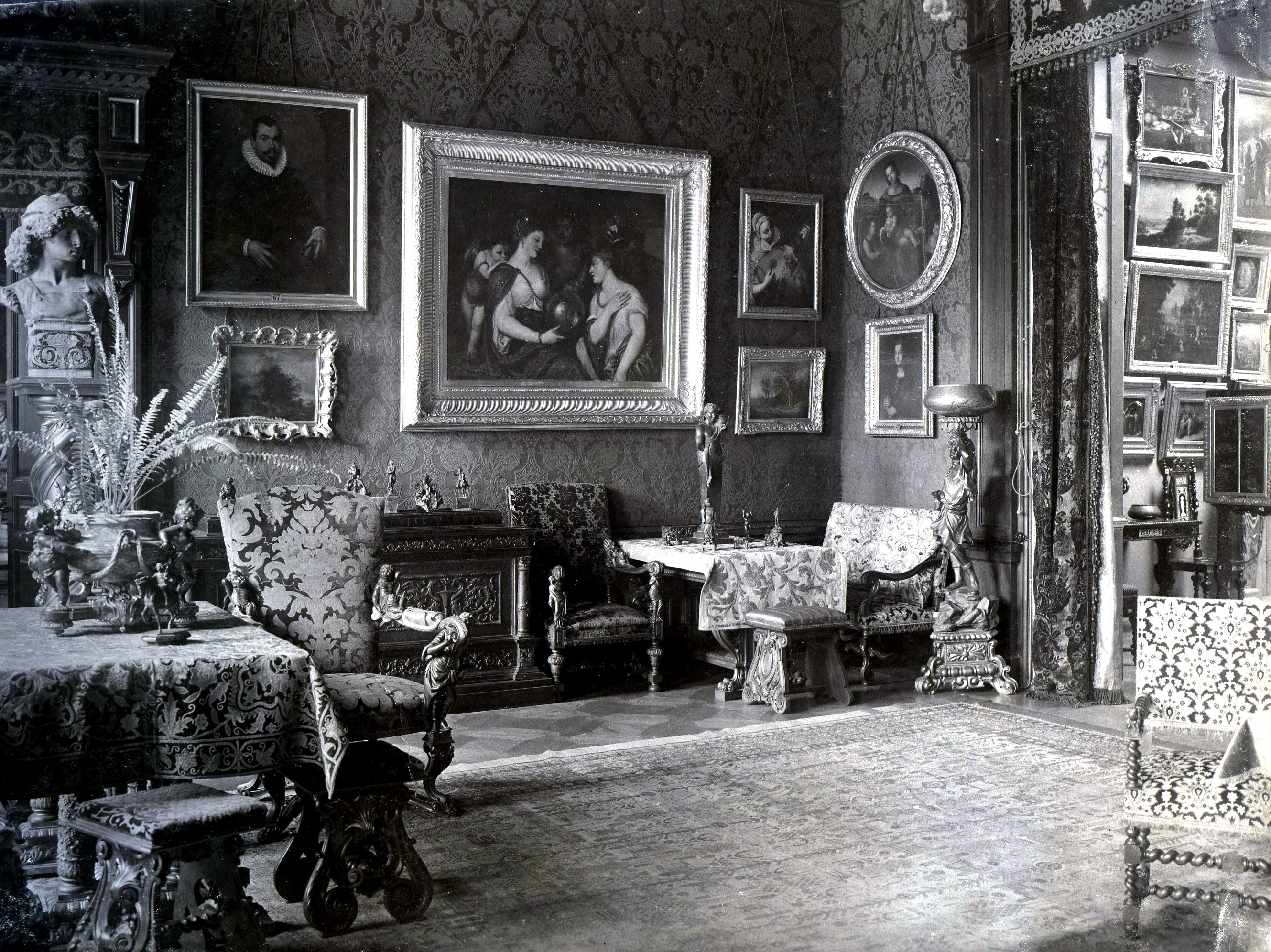History of the Khanenko Museum
The history of the Khanenko Museum goes back to the 1870s, when Bohdan Khanenko (1849-1917) married to Varvara Tereshchenko (1852-1922). The young couple was fascinated by the idea of their own art collection.
The Khanenkos traveled a lot in Europe, attended various auctions and private galleries. Guided by the advice of leading art history connoisseurs, over the course of 40 years of searching they have made up a very valuable collection of art.
The Khanenkos’ key intention was to open a public art museum in Kyiv. The evidence of it is the Last will of Bohdan Khanenko from 1917. In 1918, Varvara Khanenko signed the Deed of Gift, which transferred the art collection, the house and the collection of books to the trusteeship of the Ukrainian Academy of Sciences.
However, the history of the museum was not smooth. In June 1919, the Bolshevik government nationalized the property of the Khanenko family. In the house of the Khanenkos the State Museum of Art was opened. Art expert Georgy Lykomsky (1884-1952) became the first curator of the museum. Varvara Khanenko combined her efforts with him and took part in the creation of the first exhibition of the newly opened museum. Thanks to the support of the Ukrainian scholars, elderly Varvara Khanenko obtained the right to reside at the museum. She headed the Museum Committee until the end of her life.
However, in 1924, two years after the death of Varvara Khanenko, the names of the Khanenkos were removed from the title of the museum “because of lack of revolutionary achievements for the proletarian culture".
In 1921 the museum became a department of the Ukrainian Academy of Sciences. Mykola Makarenko (1877-1938), a known art historian and archaeologist was appointed its first director.
In 1923, Serhii Hilyarov (1997-1946), an art historian, started working in the museum. During the next decade he organized the museum's research work. Hilyarov initiated consultations of leading art experts, launched the program for postgraduate studies for art historians, conducted research seminars, and published first catalogues of the museum collection. During this period a team of experienced and young historians and art experts collaborated with the museum: Borys Roerich, Vsevolod Zummer, Mykola Bilyashivsky, Maria Vyazmitina, Polina Kulzhenko.
In the 1920s-30s, the museum's collection underwent major changes. It was supplemented with valuable acquisitions from the collections of Vasyli Shchavinsky and princes Repnin, as well as the collections of the Kyiv Museum Town. At the same time, the museum was forced to hand over significant group of objects of the Khanenkos’ heritage including family portraits, archeological collections, works of Ukrainian and Russian art, and European oriental weapons to the other museums of Kyiv. Some of the most valuable museum exhibits were seized by “Derzhtorg” company for sale abroad. A few unique pieces were forcibly taken to complete the collections of the State Hermitage in Leningrad (Russian Federation).
Repressions against Ukrainian scholars in the early 1930s marked the beginning of a period of tough "communization" in the history of the museum. This period of extremely ideologized museum education and stagnation in research lasted until the mid-1980s. During this period the museum was known as "Kyiv State Museum of Western and Oriental Art". By value of the collection, it was rated the third museum of world art in the USSR, and later, in the post-Soviet countries.
During the Second World War, the museum’s most valuable exhibits were evacuated to Ufa (Bashkortostan). The part that remained in Kyiv was robbed by the Nazis at their retreat in 1943. Today, the museum is working to identify and locate the lost part of the collection.
From 1986 to 1998 the museum was closed for renovation.
In the mid-1990s the new management led by Vira Vynogradova started a new era of restoration of historical memory and intensive development in the history of the museum. In 1998, a new permanent exhibition of European art from the 14th – 19th centuries was opened in the restored Khanenkos’ mansion. In 1999 the names of the founders reappeared in the official title of the museum: "The Bohdan and Varvara Khanenko Museum of Art". In 2004, a permanent hall of Byzantine "Sinai" icons of 6th -7th century was opened in the museum. In 2006, the first major permanent exhibition of Asian art was launched in a neighboring building.
Since the beginning of the 21st century the museum turned a new page in its history. A new philosophy and practices of museum education and services were introduced; in particular, the first large-scale visitor survey was conducted.
Nowadays the museum pays great attention to families, schoolchildren and youth. Museum strives to be inclusive offering programs and services for people with disabilities, the aged visitors, homeless people and people with low income, mothers and fathers on parental leave, etc.
Hanna Rudyk